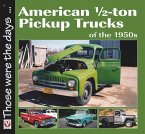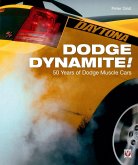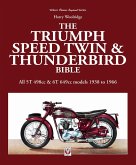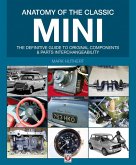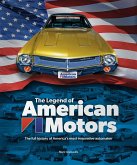In the 1920s, 30s and 40s, wooden-bodied shooting brakes, estate cars and station wagons were commercial vehicles made in Britain, mostly for utilitarian roles. They were built in relatively small numbers, often by small, lesser-known commercial bodybuilding firms, and required high levels of maintenance to ensure anything resembling a long life. Every chassis from Alvis, Austin and Bentley to Standard, Vauxhall and Wolseley was built as a Woodie at some stage, and they reached the peak of their popularity in the immediate postwar years when steel was in short supply and the majority of new cars were being built for export. Some vehicle manufacturers sold wooden-bodied utilities under their own name, but most were built in small workshops under contract to vehicle dealerships or selling direct to the general public. However, labour intensive constriction, high maintenance requirements and the introduction of the unitary chassis by Britain's car makers all contributed to the eventual demise of the British Woodie. Today, there's a resurgent interest in British Woodies across the world, with an increasing number of cars being restored and cherished. The work of hundreds of small coachbuilder firms is highlighted here, and illustrated with 100 rare and previously unpublished photos. The British Woodie is undoubtedly a thing of beauty, and this book is a tribute to the skills of the coachbuilders that built these amazing wooden wonders.
Dieser Download kann aus rechtlichen Gründen nur mit Rechnungsadresse in A, D ausgeliefert werden.



